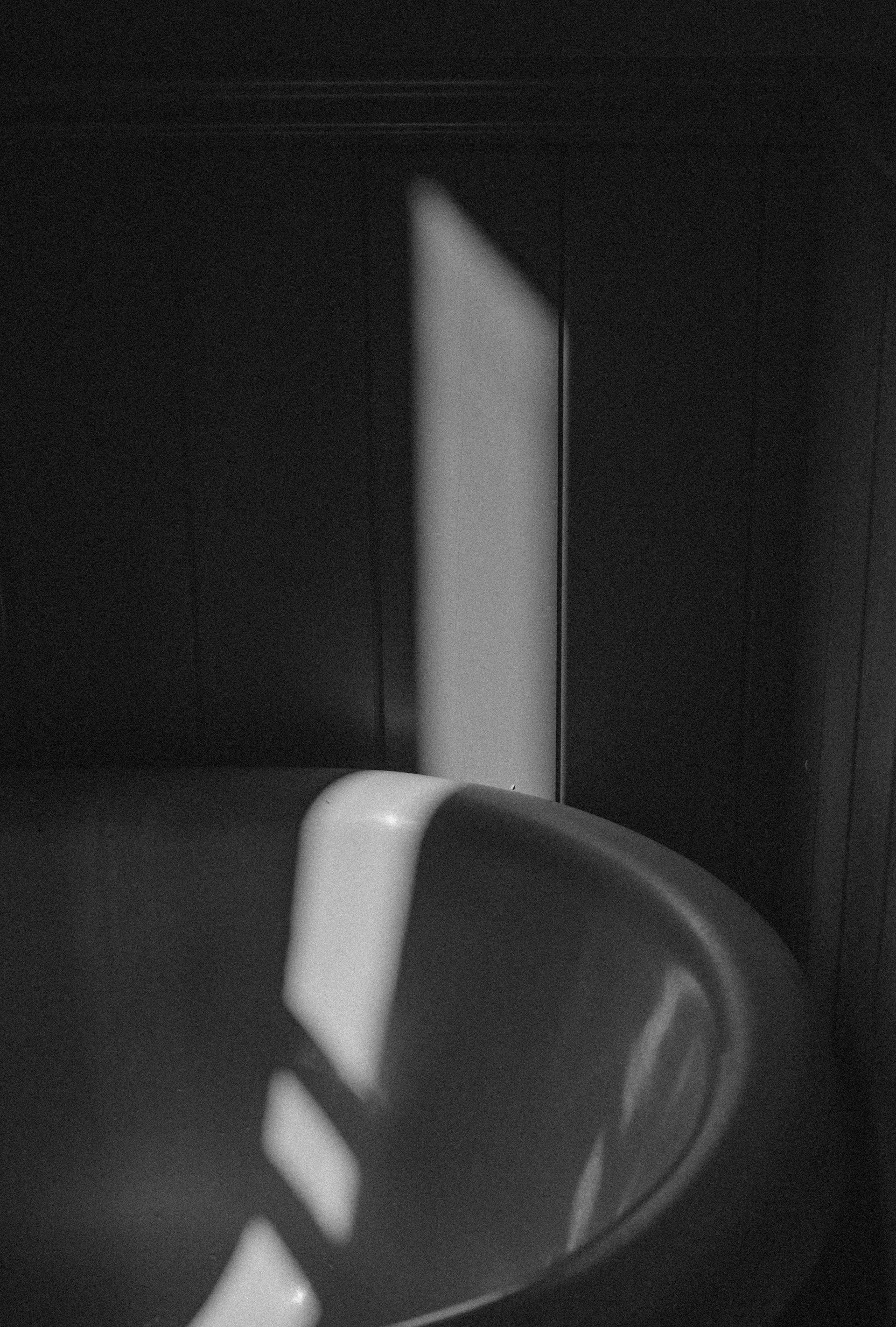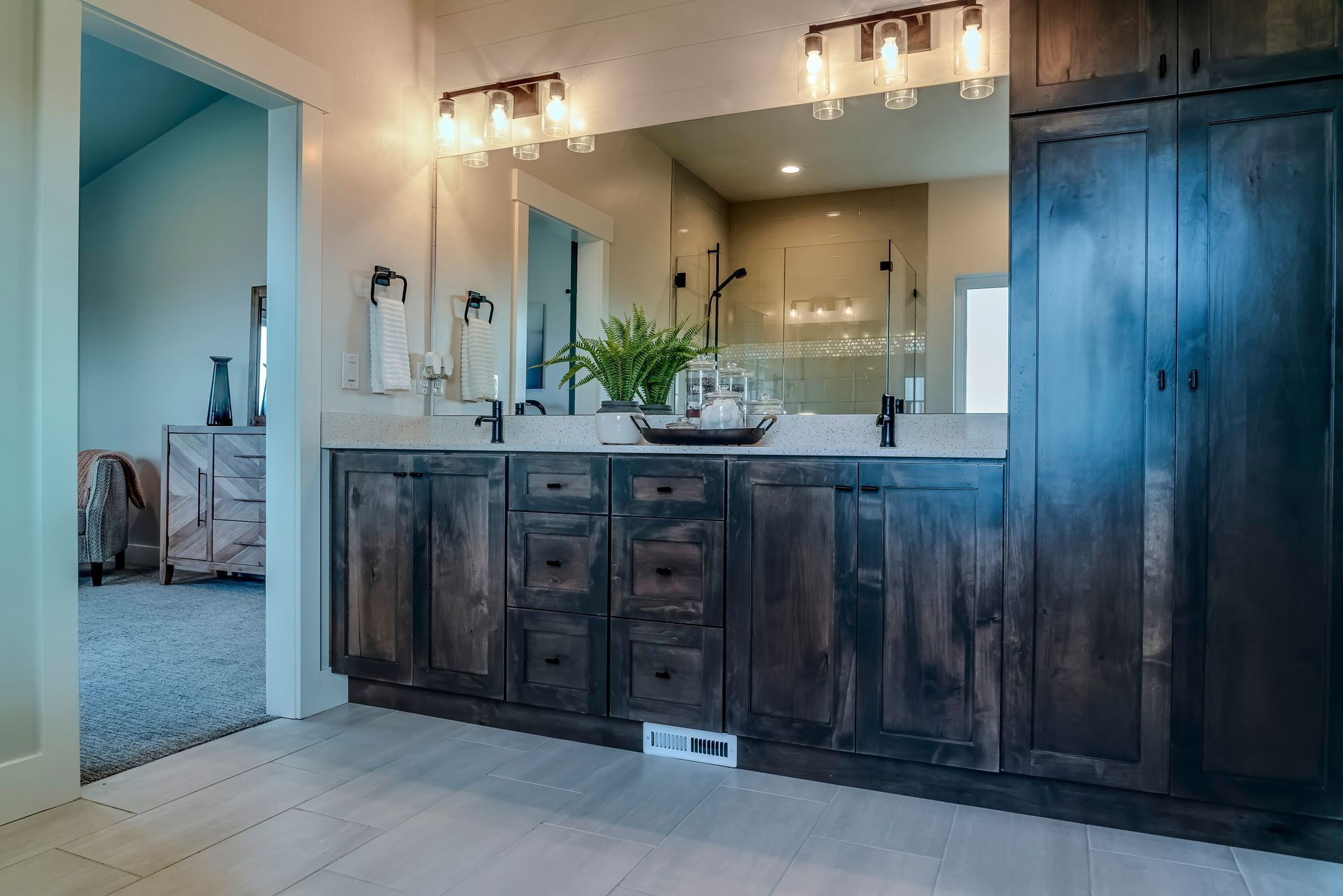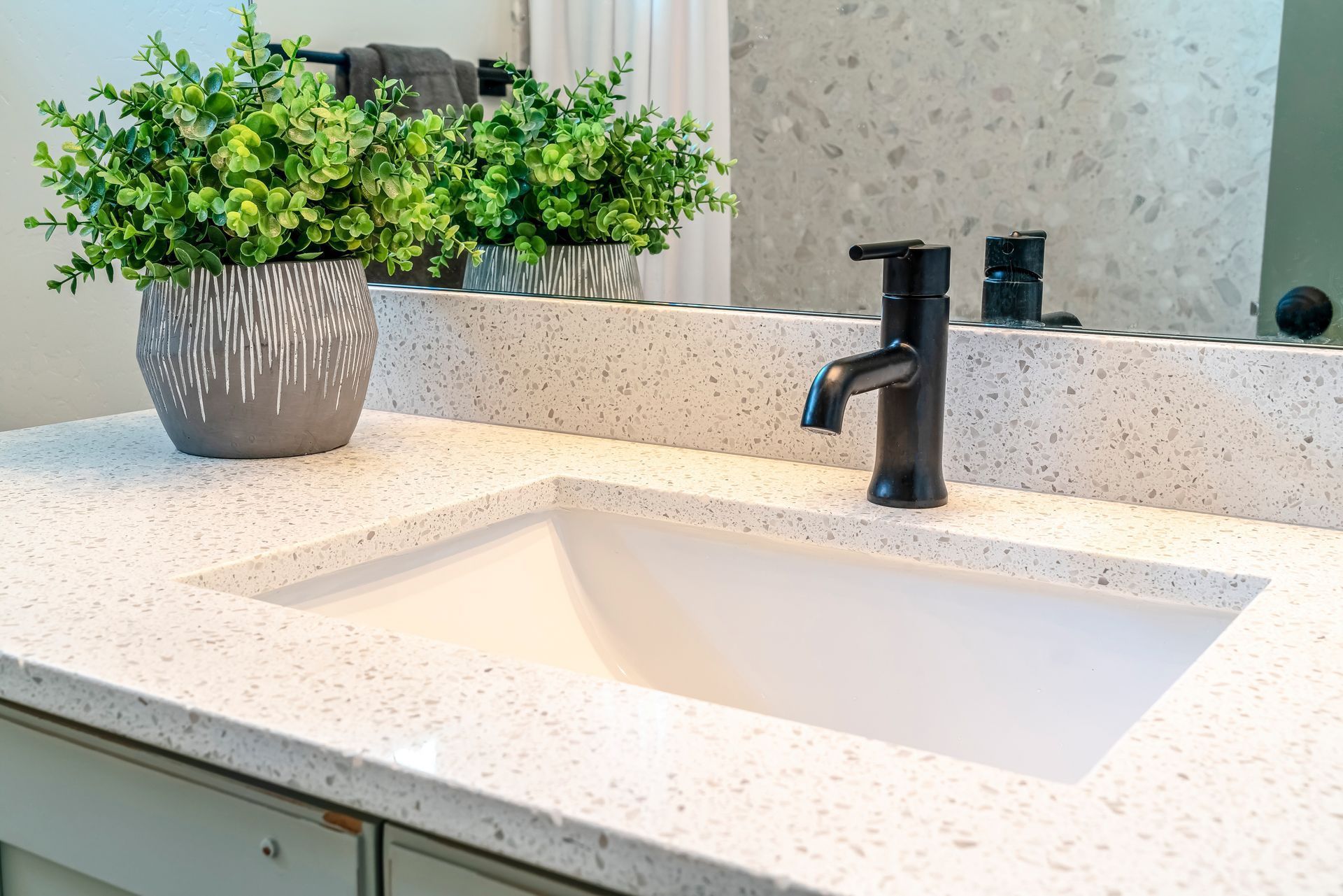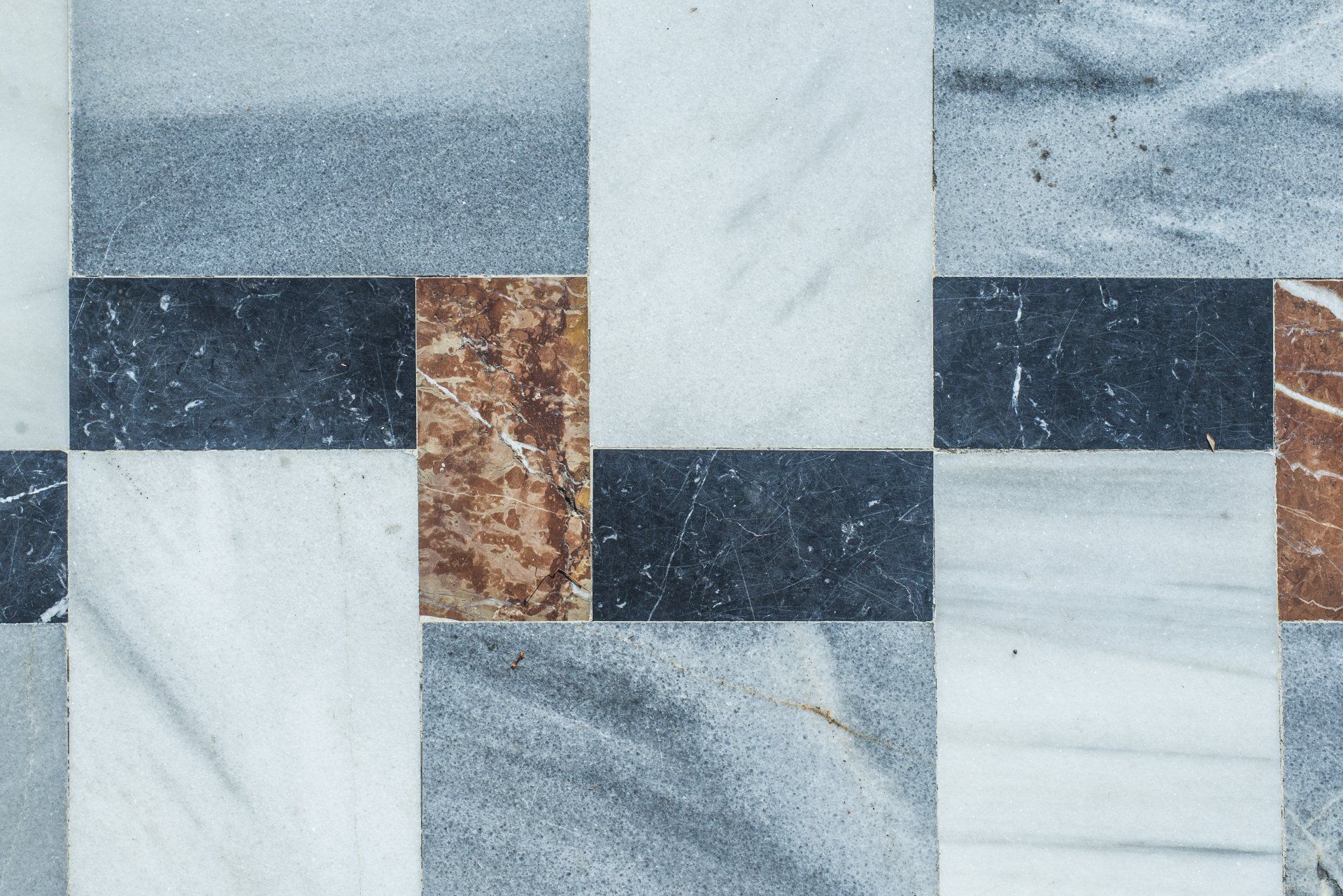An Expert's Guide to Bathtub Selection
When you're pressed for time, a shower is the most efficient way to clean up. The bathtub, though, might be a soothing option if you have a little more time. Whether cleaning, splashing, or stress reduction are your bathtub's main uses, selecting a new tub is unquestionably a crucial choice. Bathtubs offer more than just a place to wash; they also provide a calming reward, a tranquil respite, and a very private experience.
The perfect bathtub may revitalize the appearance, appeal, and functionality of your bathroom. If properly maintained, it will last a lifetime. Manufacturers of bathtubs are aware of this allure and offer a wide range of designs, attributes, and shapes to suit any preference and price range. Here are some things to think about while selecting a new bathtub:
1. The Material
Price and comfort are the two deciding criteria when selecting the proper material for your bathtub. Since you'll be spending a lot of time in your bathtub and want to enjoy it, you should try out several materials to see which one feels the most comfortable for you.
- Porcelain - Cast iron or stamped steel is layered with a coating of porcelain enamel to create porcelain. Because they are non-porous and hence highly robust, these bathtubs won't deform or degrade with time. Be careful not to drop anything on the porcelain coating, though, as it is rather sensitive to harsh impacts and will leave some very obvious imperfections on the surface.
- Cultured Marble - It has an excellent iridescent gloss and is made from crushed limestone and resin. It also maintains heat extremely effectively and is quite robust. Cultured marble is a costly material that might be difficult to install since it is so hefty. Finally, cultured marble will start to stain and lose its color if routine maintenance is not kept up with.
- Ceramic - Numerous ceramic tiles are molded together to create ceramic bathtubs until the material solidifies. This type of construction has the advantage that ceramic is relatively close to clay, meaning it is available in more designs and sizes than any other material on the market. The disadvantage of this is that ceramic needs constant upkeep or it would eventually degrade and disintegrate.

- Acrylic - In order to create acrylic, a solid sheet of petrochemicals, stabilizers, resin, and the right color is heated, molded into the shape of a bathtub, and reinforced with fiberglass. Acrylic is a well-liked material for both drop-in and freestanding bathtubs since it is lightweight and is offered in a variety of designs and sizes. Although it is resistant to strong impacts and chipping, you should generally still avoid throwing items at your bathtub.
- Fiberglass - Fiberglass is the least expensive material for bathtubs and is made from reinforced plastic sheets that are later molded into bathtub shapes. The material has the bad property of being porous even though it is highly resilient and prone to chipping from strong blows. It is porous because it regularly absorbs water, which causes the material to eventually bend over time and become more fragile.
2. The Style
There are many different bathtub types to fit almost any bathroom, and each style emphasizes two essential elements: space and substance. What style is best for you will be greatly influenced by how much space you have.
- Regular - The pinned claws on the base have been removed and replaced with a more sleek, consistent appearance in the current version of the traditional clawfoot design. However, if you preferred that form, the clawfoot design is still produced today. These often take up more space than the alternatives because they are longer and rectangular in design.
- Angled Tub - A slightly steeper slope on one side of an angled bathtub is intended to provide support for your neck and back while you're taking a bath. These are incredibly adaptable in terms of size; you may get them larger than both the oval and typical freestanding forms or in sizes that are comparable to an oval bathtub.
- Freestanding Bathtubs - Freestanding bathtubs are arguably one of the most popular designs, and it is easy to understand why. Freestanding bathtubs don't need connecting walls to be erected and can fit almost anywhere. In comparison to most drop-in tubs, they also offer a more colorful focal point for your bathroom and are priced similarly to the other options available.
- Oval Bathtub - These bathtubs have symmetrical, circular shapes that resemble water basins. These bathtubs, which are quite popular in apartments and smaller homes where space is limited, offer a more contemporary appearance that contrasts nicely with the sharper corners and edges of the remainder of your bathroom.
3. The Price
The caliber of the material utilized and your stylistic preference affect the cost of a bathtub. Smaller bathtubs will almost always be less expensive than larger ones, but it does not imply that a larger or smaller bathtub is of higher quality. The major point here is the material.
A high-quality bathtub that has been installed correctly is a wise investment that will last for many years and give you and your family hours of fun and peaceful relaxation. Don't forget to factor the price of plumbing, fixtures, and installation into your budget when purchasing a new bathtub. Overall, it's not a cheap endeavor, but if it's built well and installed correctly, it will be worth the money.
4. The Functionality
You should first decide whether you're only going to replace your current bathtub or entirely rebuild your entire bathroom before making your new bathtub selection. The most possibilities will likely be available if you're remodeling your entire bathroom, but even with a small amount of area, with a little bit of preparation, you may still end up with a useful, lovely bathtub that will last forever.
The needs of a large family with small children will differ from those of a senior who would need to take into account mobility concerns. While some bathtubs are multipurpose, others emphasize luxury. Your decision should be based on the main function of your bathtub, which will eventually determine what is most practical for your home.
The best course of action is to conduct research before making a purchase because there are numerous elements to be taken into consideration when selecting the ideal bathtub for you, including size, cost, and comfort. You will undoubtedly locate the perfect bathtub for your home provided you measure your space and take the demands of the people living in it into mind.
You might also like


